✓ Handpicked Luxury Stays in Budget on 🏡 booking.com
com/landmarks/oceania-landmarks/landmarks-of-australia/”>landmarks in Africa, and so are in Mali.
Mali, a land of deep cultural richness, is dotted with landmarks that emanate a sense of awe and wonder.
From the grandeur of the Timbuktu Mosque to the mysterious stone formations at the Bandiagara Escarpment, the country’s landmarks bear witness to the long history and struggle of its people.
Each landmark tells a unique story, a testament to the resilience, creativity, and determination of the Malian people.
As you embark on a journey to explore this enchanting land, prepare to be transported to a world of wonder and amazement by these awe-inspiring landmarks.
1. Djenné Mosque
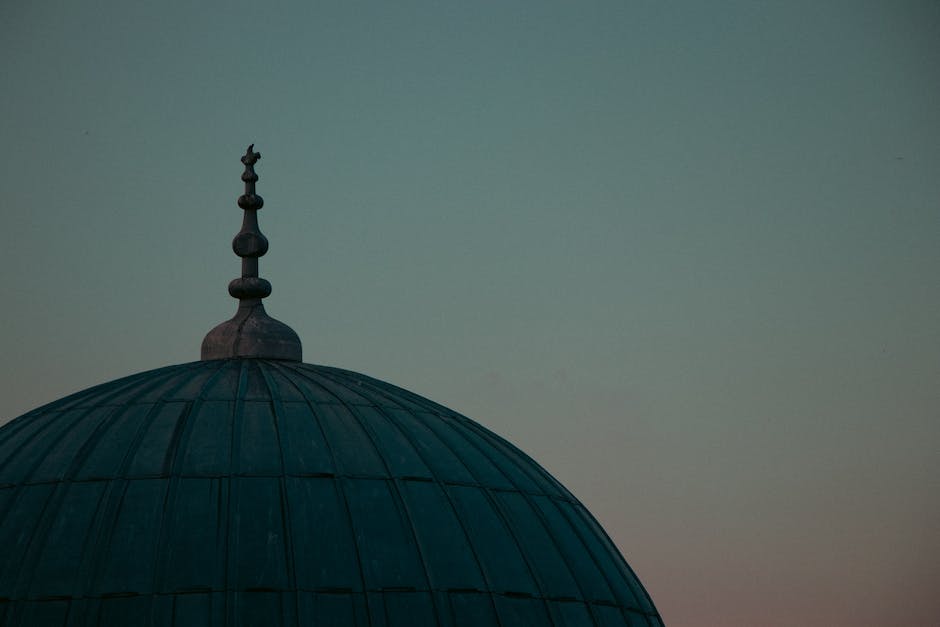
An iconic mosque located in Djenné, Mali, known for its unique mud-brick architecture. It is the largest mud-brick mosque in the world and a UNESCO World Heritage Site.
What to see or do: Admire the unique architecture of the mosque and the intricate details of the mud-brick walls and towers. Explore the surrounding square, which is bustling with activity and markets.
Don’t miss: Witness the weekly Monday market, which is one of the largest in West Africa and attracts vendors selling everything from textiles to livestock.
Insider travel tips: Dress conservatively and remove your shoes before entering the mosque. Visit early in the morning when the light is best for photography and to avoid the crowds.
Be prepared for dusty conditions, as the streets surrounding the mosque are unpaved.
2. Timbuktu
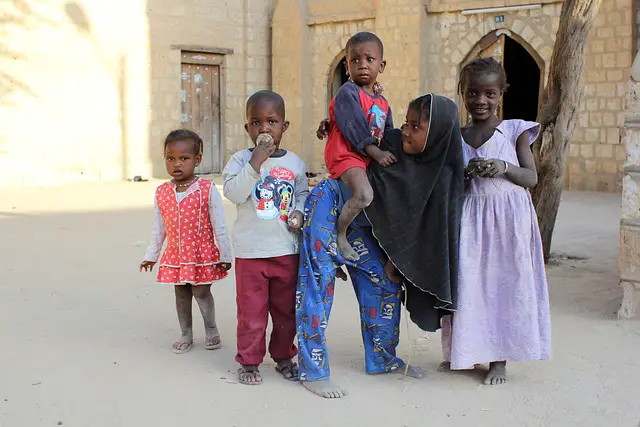
Timbuktu is a historic city located in Mali, West Africa, known for its rich cultural heritage and ancient mosques.
What to see or do:
Don’t miss:
Insider travel tips:
3. Tomb of Askia
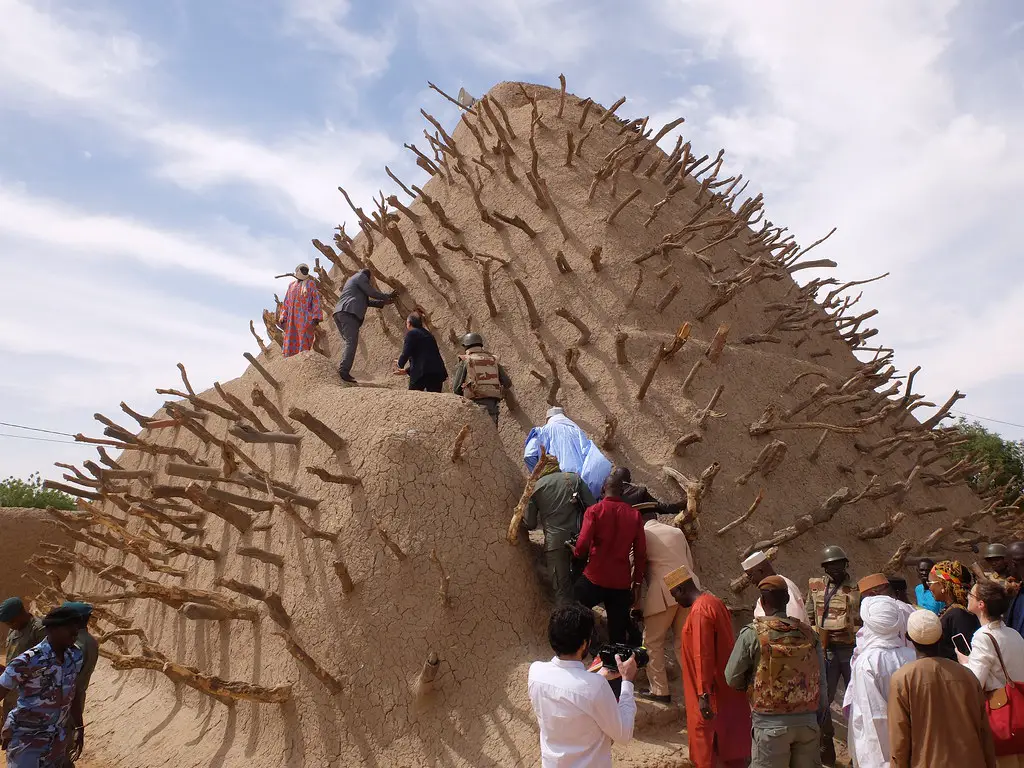
The Tomb of Askia is a UNESCO World Heritage Site located in Gao, Mali. It is the tomb of Askia Mohammed, a ruler of the Songhai Empire in the late 15th century.
What to see or do: Visitors can view the unique mud-brick architecture of the tomb, which has been restored to its original state. The site is also home to the nearby mosque of Gao, which can be explored.
Don’t miss: Don’t miss the opportunity to learn about the history of the Songhai Empire and the life of Askia Mohammed. Additionally, the panoramic views of Gao from the top of the tomb are not to be missed.
Insider travel tips: Be sure to visit during the cooler months, as the temperature in Gao can be uncomfortable during the hot season. Additionally, consider hiring a local guide to fully understand the history and significance of the tomb.
4. Great Mosque of Mopti
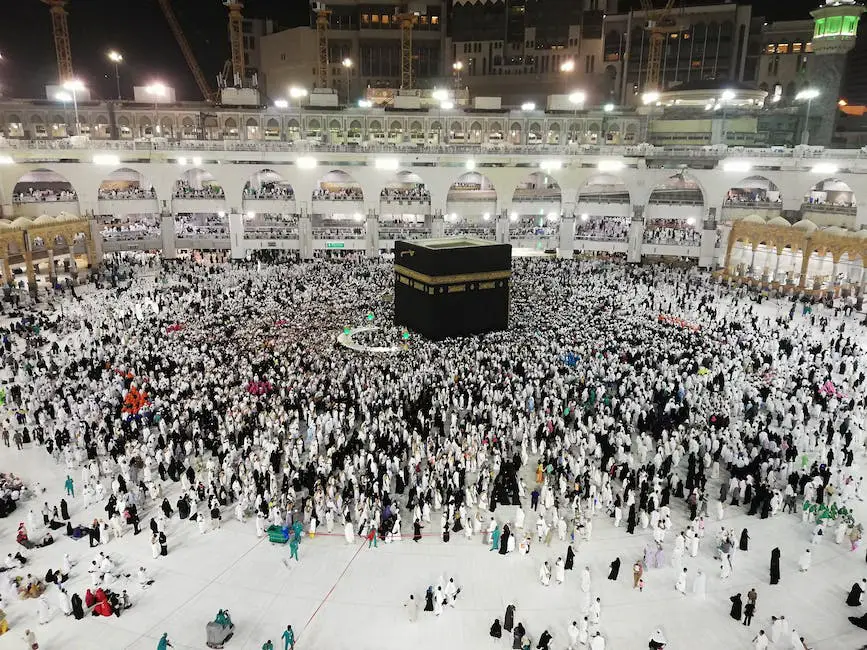
The Great Mosque of Mopti is one of the most important and traditional landmarks in Mopti, Mali. It is also considered the largest mosque in the country.
What to see or do: Visitors have the opportunity to explore and learn about the mosque’s history and significance. The mosque’s distinctive architectural style is a blend of traditional West African design with Islamic influences.
It features large wooden beams and pillars, adobe walls and a beautiful central courtyard.
Don’t miss: The mosque’s stunning interior. Admire its intricately-carved wooden columns and decorated arches.
It is also worth seeing the mosque at different times of the day to appreciate its changing colors and atmosphere.
Insider travel tips: It is best to visit the mosque during early morning hours or late afternoon when the temperature is cooler. Visitors must remove their shoes before entering the mosque and dress modestly, covering their shoulders and knees.
It is also advisable to respect the local customs and regulations of the mosque while taking photos or participating in any religious activity.
5. Koulouba Hill
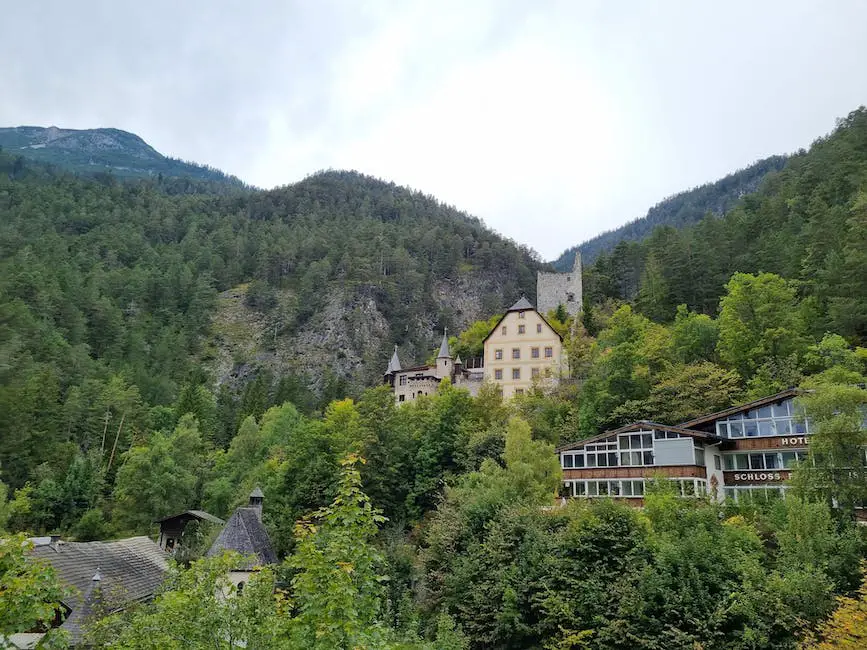
Koulouba Hill is a prominent hill in Bamako, the capital city of Mali, and is located in the Koulouba neighborhood.
What to see or do: From the top of the hill, visitors can enjoy a breathtaking panoramic view of the city and its surroundings.
The area is also home to several important government buildings and embassies, including the Presidential Palace and the United States Embassy.
Don’t miss: Don’t miss the opportunity to visit the Musée National de Bamako, which has a range of exhibits showcasing Mali’s rich cultural history and contemporary art.
Insider travel tips: It’s best to visit Koulouba Hill early in the morning or late in the afternoon to avoid the intense midday heat.
Make sure to bring sunscreen and plenty of water, as the climb to the top of the hill can be quite challenging.
It’s also a good idea to dress modestly, as the area is home to several government buildings and embassies.
6. Taoudenni
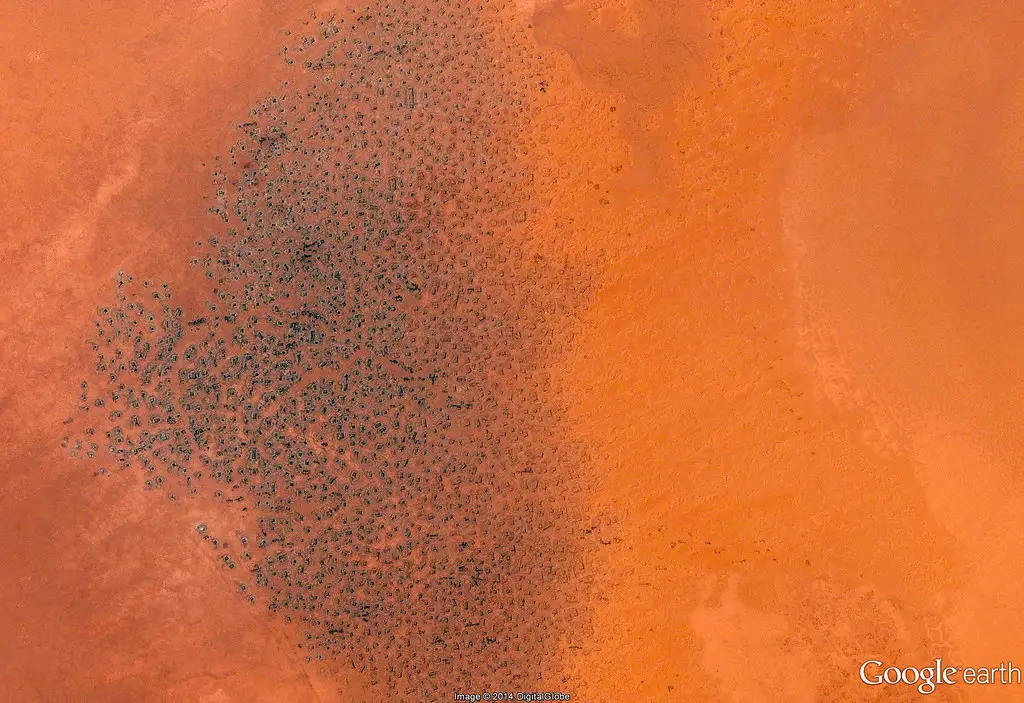
An ancient desert town located in the northern part of Mali.
What to see or do: Explore the unique architecture of Taoudenni, made from mud and salt blocks. Take a camel ride to the nearby salt mines.
Immerse in the local way of life and enjoy the peace and quiet of the desert.
Don’t miss: The stunning views of the desert at sunrise and sunset. The opportunity to purchase fine salt, which Taoudenni is known for producing.
Insider travel tips: Be sure to come prepared for hot temperatures during the day and chilly temperatures at night. Keep in mind that Taoudenni can only be accessed by 4×4 vehicle or by a long and bumpy bus ride.
Make arrangements for accommodations in advance as they can be limited. Finally, respect the local culture and way of life by dressing modestly and avoiding taking photos of people without permission.
7. Sidi Yahya Mosque
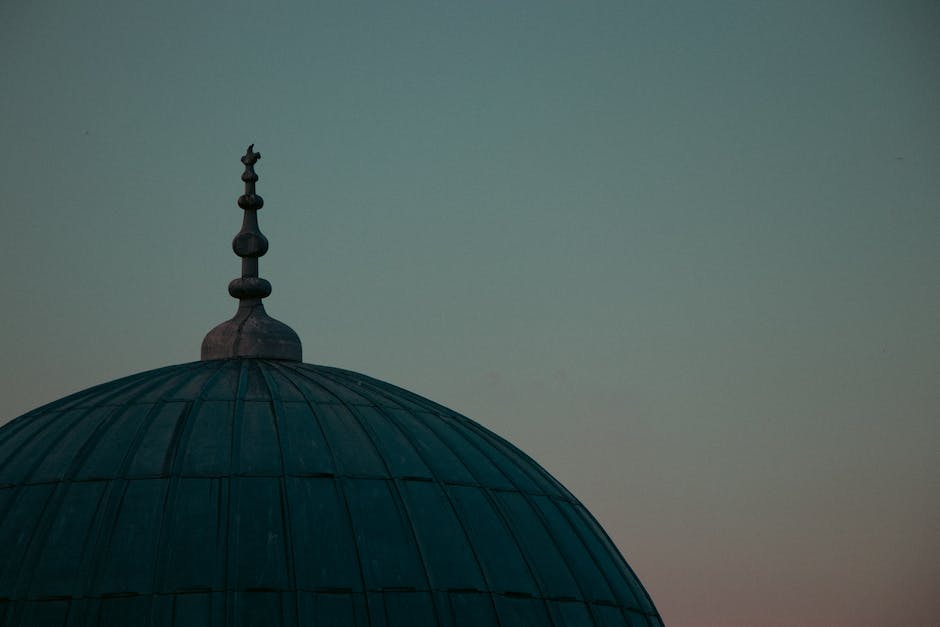
Sidi Yahya Mosque is a centuries-old mosque located in the city of Timbuktu, Mali, West Africa.
What to see or do: As a UNESCO World Heritage Site and one of the three great mosques of Timbuktu, Sidi Yahya Mosque is a must-see for history buffs and architecture enthusiasts.
Its unique adobe structure is an impressive display of West African Sahelian architecture. Visitors can explore the mosque, admire its intricate mud-brick patterns, and learn about its fascinating history.
Don’t miss: The underground chamber beneath the mosque, which was the original entrance to the mosque and is said to have been built by jinns (spirits).
The entrance to this mysterious chamber is located inside the mosque and can only be accessed by crawling through a narrow passageway.
Insider travel tips: Visitors are advised to respect the mosque as a place of worship, and dress modestly. The best time to visit is in the morning when the mosque is less crowded.
It is recommended to hire a guide who can provide more insights into the history and architecture of the mosque.
8. Bamako Grand Mosque
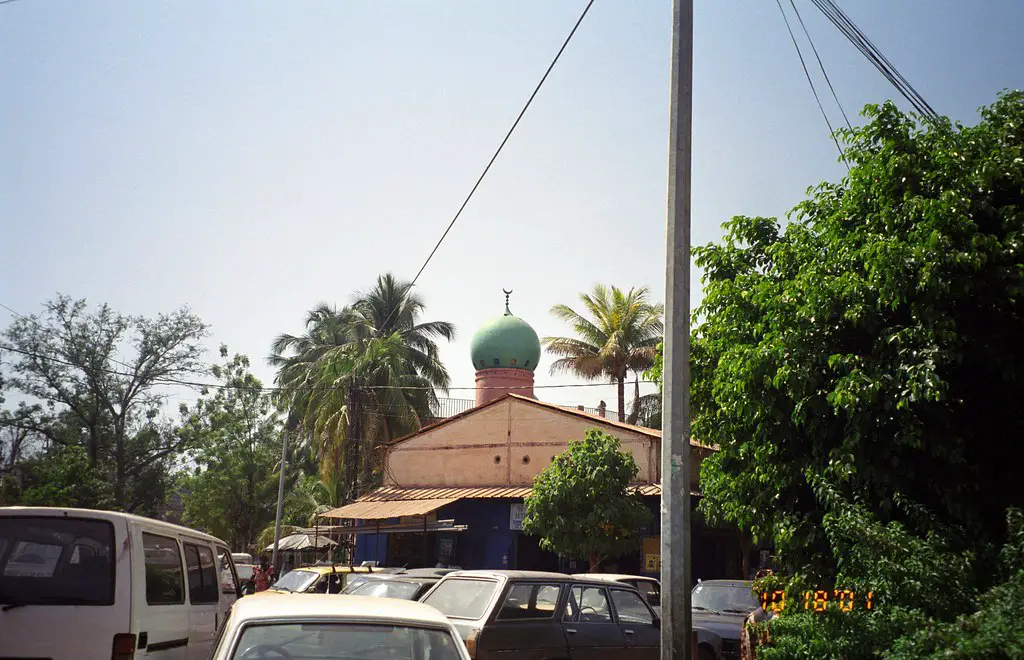
Bamako Grand Mosque is the largest mosque in Mali, located in the capital city of Bamako.
What to see or do: Visitors can admire the stunning architecture of the mosque, which blends traditional and modern styles. The mosque’s prayer hall can hold up to 20,000 worshippers and is adorned with intricate designs and patterns.
Don’t miss: Be sure to visit the minaret, which offers panoramic views of the city and the Niger River.
Insider travel tips: Dress modestly when visiting the mosque and remove your shoes before entering. If you can, visit during Friday prayers to experience the mosque’s lively atmosphere.
9. Boucle du Baoulé National Park
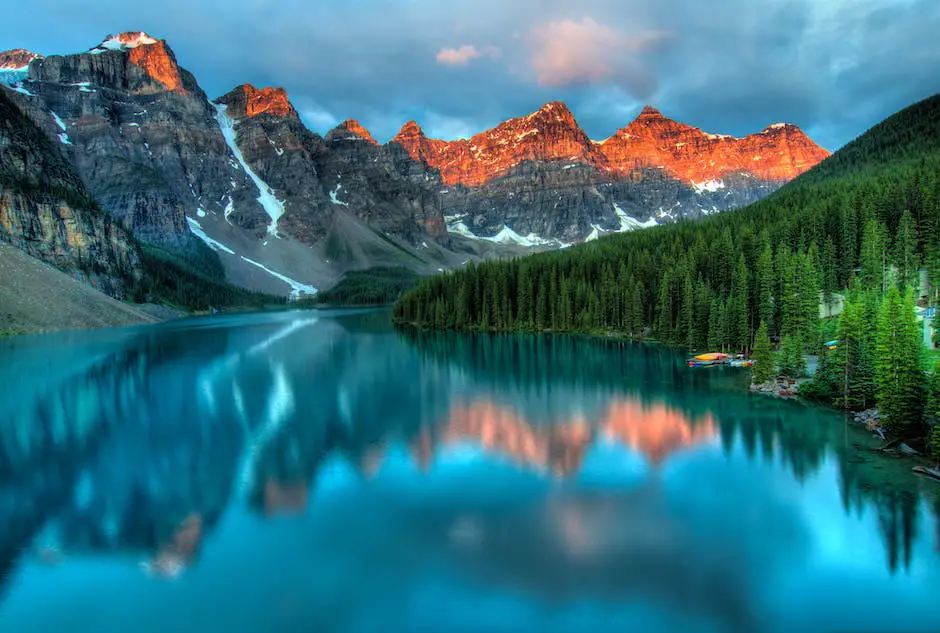
Boucle du Baoulé National Park is a national park located in Guinea, West Africa.
What to see or do: Explore the diverse flora and fauna, including chimpanzees, colobus monkeys, and elephants. Enjoy scenic hiking trails and birdwatching.
Don’t miss: Visit the park’s waterfalls and natural mud baths, a popular attraction for visitors.
The Baoulé people, known for their intricate masks and puppetry, also live in the area and offer a unique cultural experience.
Insider travel tips: Be prepared for hot and humid weather and bring mosquito repellent. It is recommended to hire a local guide for hiking to ensure safety and a more enriching experience.
Avoid visiting during the rainy season when the park may be inaccessible.
10. Gao Cathedral
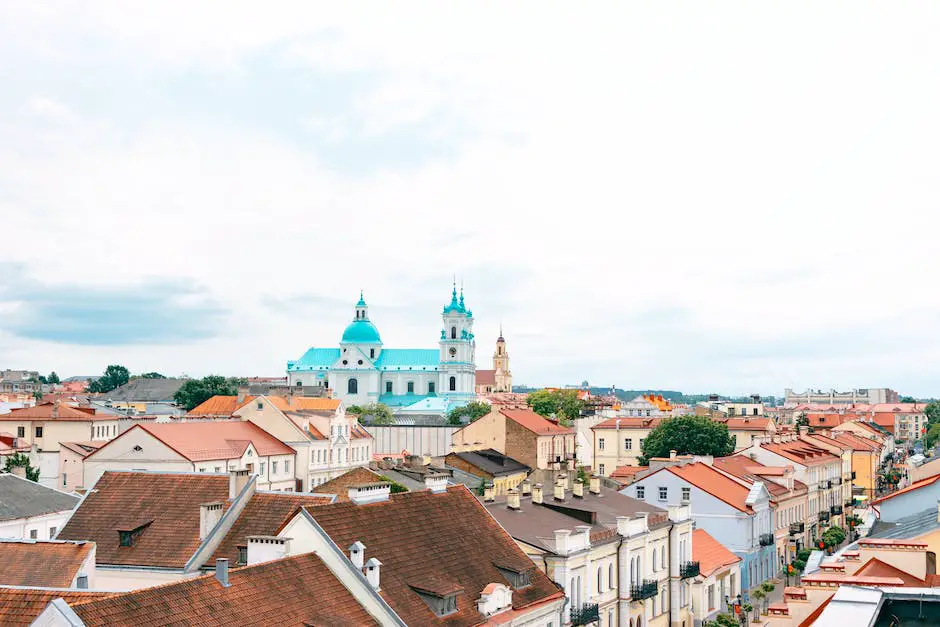
Gao Cathedral, a historic church located in the city of Gao, Mali.
What to see or do: Admire the unique architecture of the cathedral, which features a blend of traditional West African and European styles. Explore the interior of the cathedral and take in the intricate details of the artwork and designs.
Don’t miss: The opportunity to climb to the top of the cathedral tower for beautiful views of Gao and the surrounding area.
Insider travel tips: Make sure to visit in the morning or late afternoon to avoid the intense midday heat. Also, dress conservatively as it is a religious site.
Be respectful of the local customs and traditions.
11. Aboucatour
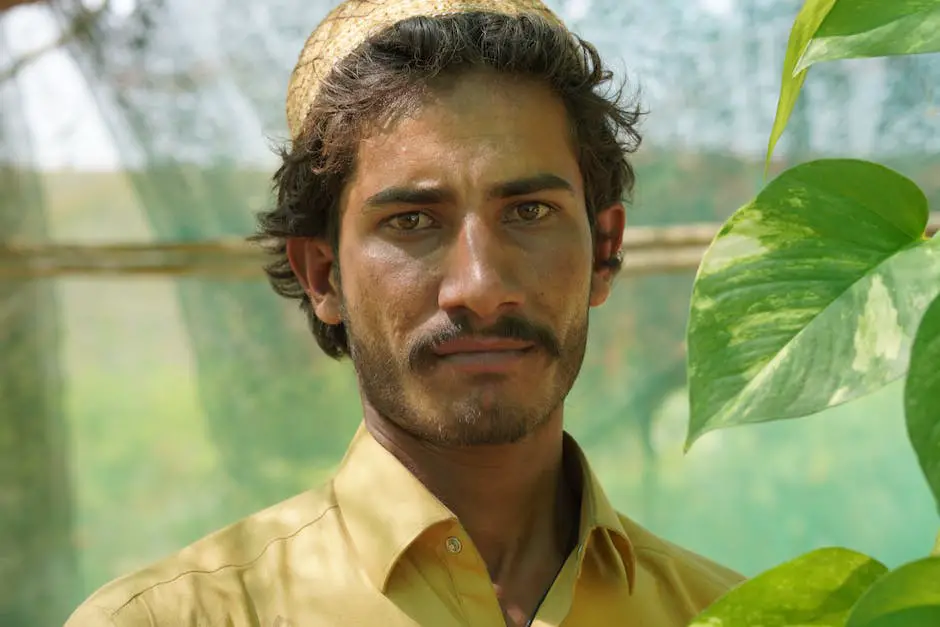
Aboucatour is a small mountain village located in Morocco’s Rif Mountains.
What to see or do: The village is surrounded by breathtaking scenery that is perfect for outdoor activities like hiking and trekking. You can also visit the nearby natural hot springs and enjoy a relaxing soak.
Don’t miss: Make sure to explore the village’s traditional architecture and visit the local market to experience the daily life of the villagers.
Insider travel tips: If you’re interested in learning about the region’s history, visit the nearby archaeological site of Banasa. Also, be sure to try the local cuisine, which is known for its use of fresh and flavorful ingredients.
12. Ansongo
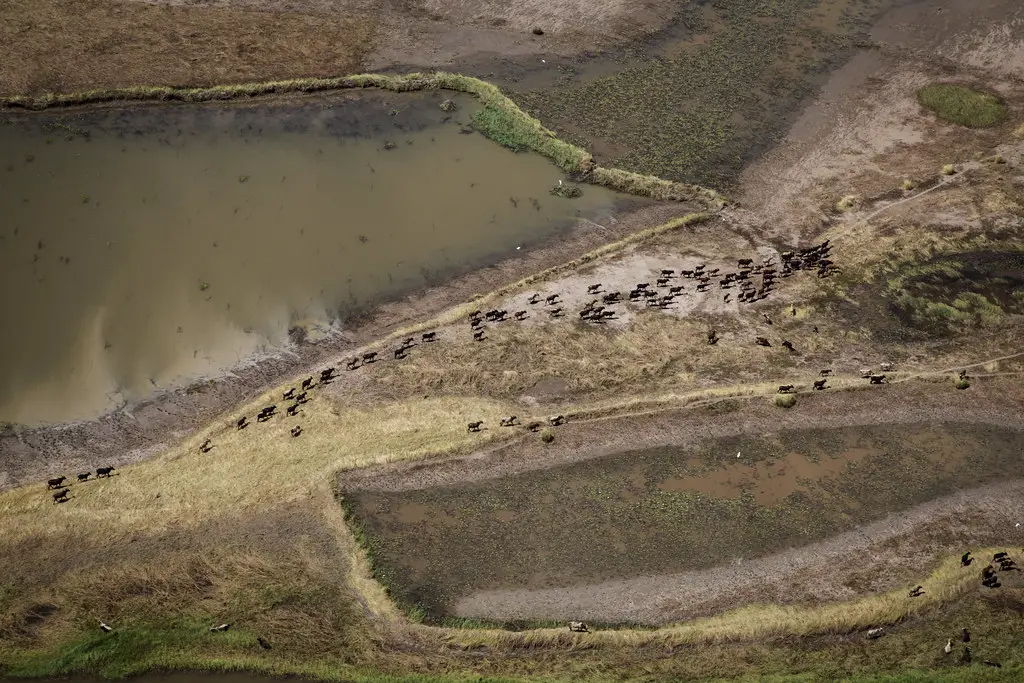
Ansongo is a town in Mali situated on the banks of the Niger River.
What to see or do: Visitors can explore the lively local market, take a boat ride on the Niger River, visit the Great Mosque of Ansongo, and discover the unique architecture of the traditional Goumbe houses.
Don’t miss: The annual Murex festival, which celebrates the local fishing culture and offers traditional music and dance performances.
Insider travel tips: Be sure to try the local delicacy of grilled fish or meat served with Tô, a traditional West African dish made using millet flour.
Visitors should also consider hiring a knowledgeable guide to fully appreciate the town’s history and culture.
13. Kidal
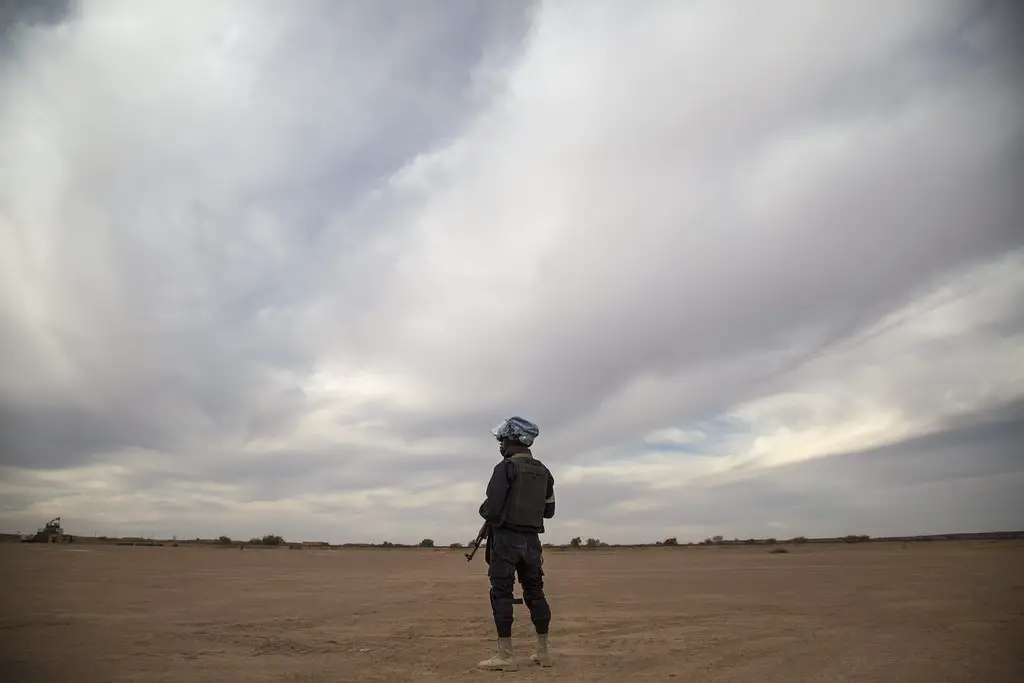
Kidal is a city in northeastern Mali, located in the Sahara Desert. It is the capital of the Kidal region and has a rich cultural history.
What to see or do:
Don’t miss:
Insider travel tips:
14. Bandiagara Escarpment
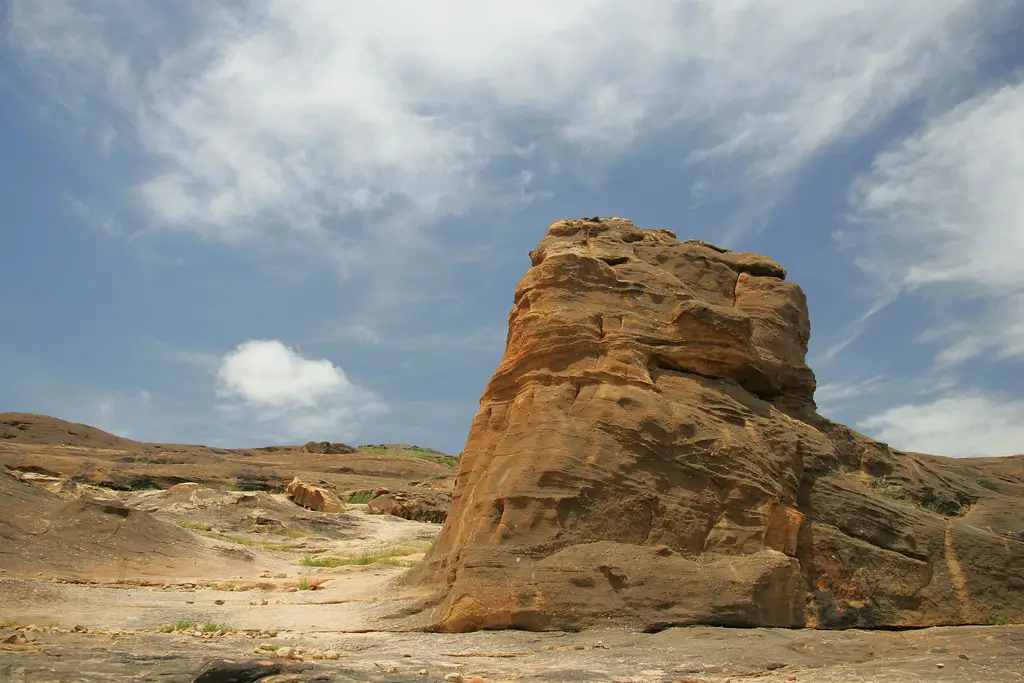
The Bandiagara Escarpment is a sandstone cliff in Mali that stretches for over 150 km and ranges from 100-500 meters tall.
It is a UNESCO World Heritage site and is both historically and culturally significant to the Dogon people who live in the area.
What to see or do: The Bandiagara Escarpment is home to numerous Dogon villages that offer visitors a unique insight into traditional African life.
Visitors can hike along the base of the cliff and explore the villages, many of which are located on the escarpment itself.
The cliff is also home to ancient rock art and burial sites that are thousands of years old.
Don’t miss: The village of Sangha is home to traditional Dogon architecture, including the iconic adobe houses that are unique to the region.
The village of Youga Na is known for its ancient silted rice fields and stunning views of the escarpment.
Insider travel tips: It is best to visit the Bandiagara Escarpment during the dry season, which runs from November to April. Visitors should also take precautions against malaria and be respectful of local customs and traditions when visiting the Dogon villages.
Additionally, it is recommended to hire a local guide to ensure a safe and enjoyable visit.
15. Duna de Bozo
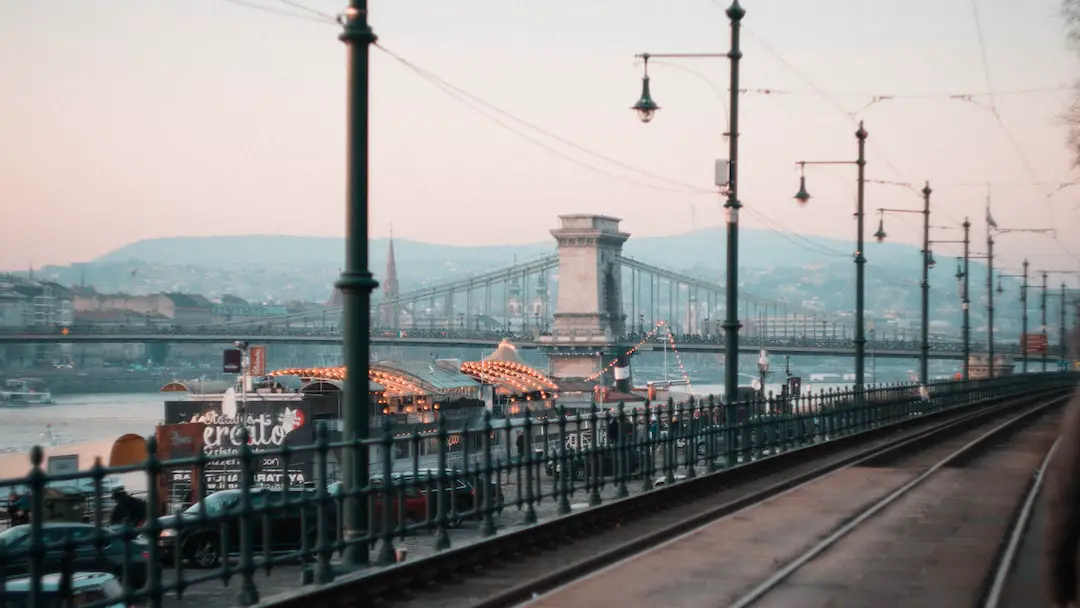
Duna de Bozo is a stunning sand dune lagoon located in Brazil.
What to see or do: Visitors can admire the breathtaking views of the sand dunes contrasting against the crystal-clear water of the lagoon. It is also a great spot for swimming and taking a refreshing dip on a hot day.
Don’t miss: The iconic sunset view over the lagoon is a must-see and should not be missed.
Insider travel tips: It is recommended to visit in the early morning or late afternoon to avoid the crowds and the scorching heat. Bring plenty of water and sunscreen as there is not much shade available.
Also, be aware of the strong currents in the lagoon which can be dangerous for weak swimmers.
16. Goundam

Goundam is a small town located in the Timbuktu region of Mali.
What to see or do: Visit the Great Mosque of Goundam, which is a UNESCO World Heritage Site known for its impressive mud architecture. The mosque was built in the 14th century and is one of the oldest mosques in West Africa.
You can also explore the traditional market in Goundam and see the local artisans at work.
Don’t miss: Take a boat ride on the nearby Niger River.
Catch a glimpse of the local fisherman, admire the beautiful scenery, and perhaps even see some wildlife, such as crocodiles or hippos.
Insider travel tips: Goundam can be reached by road from Timbuktu, but it’s best to hire a local guide or driver. Be prepared for hot and dry weather, so bring plenty of water and sunscreen.
Remember to respect the local culture by dressing conservatively and asking permission before taking photos of people.
17. Lake Télé
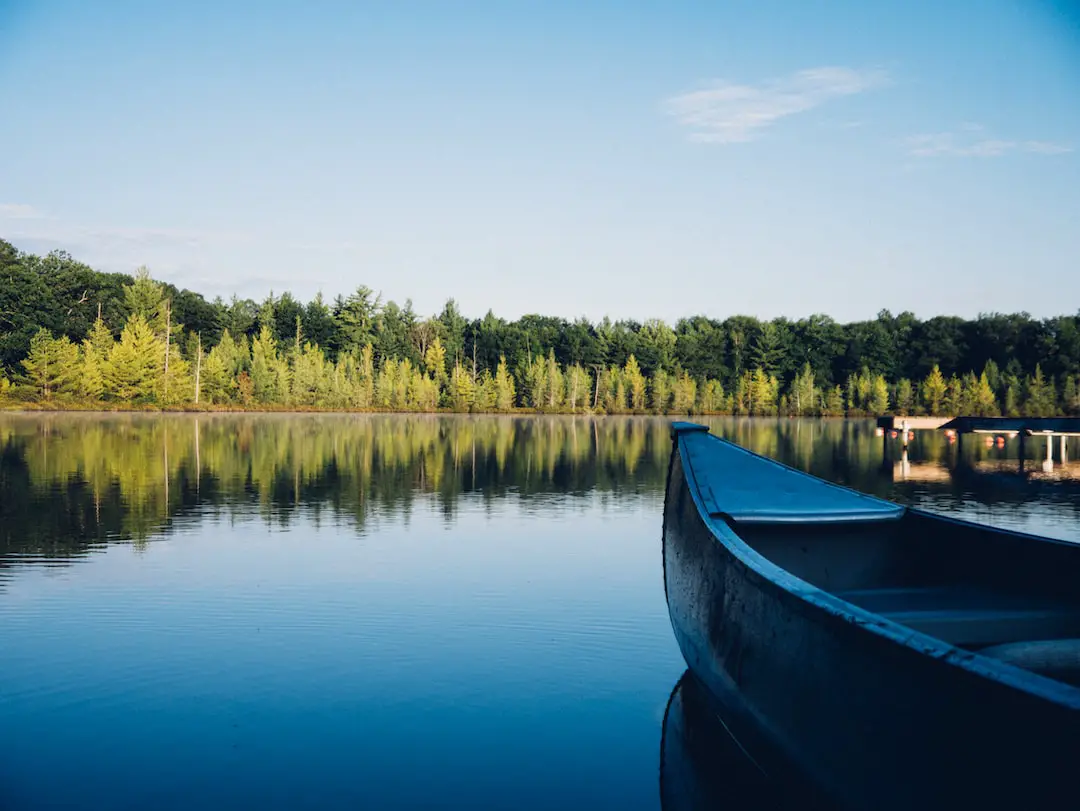
Lake Télélé is a stunning crater lake located in the Republic of Congo.
What to see or do: Visitors can relax and take in the natural beauty of the area, go fishing, or take a boat ride to explore the lake.
Don’t miss: Don’t miss the opportunity to hike up to the top of the crater for a breathtaking view of the lake and its surroundings.
Insider travel tips: Be sure to bring insect repellent as mosquitos can be a problem near the lake. Also, try to visit during the dry season (June to September) for the best weather conditions.
18. Menaka
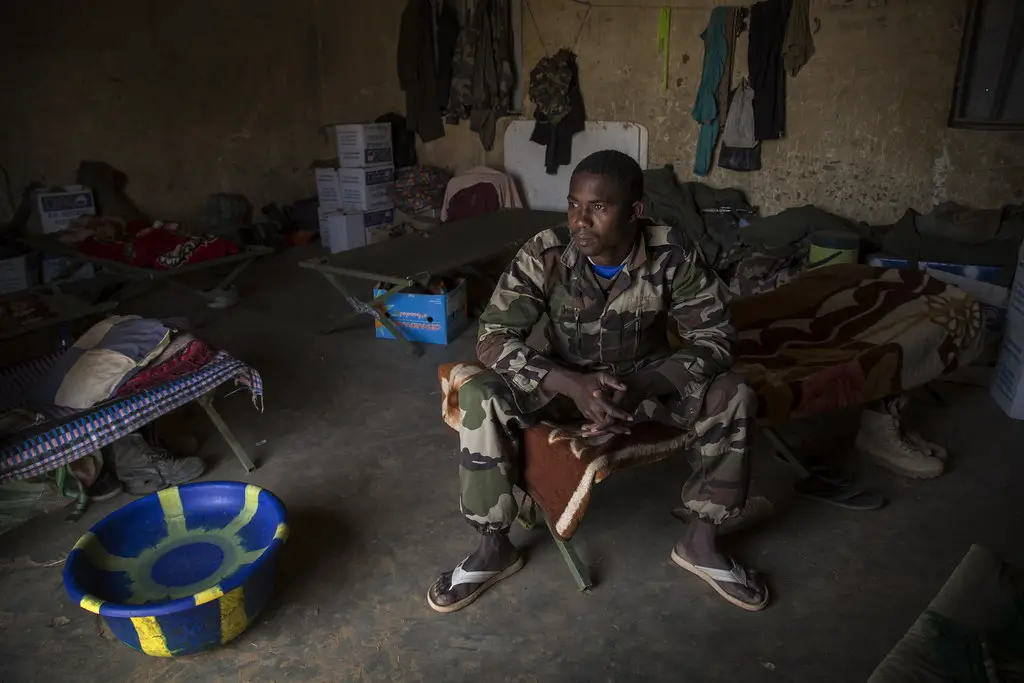
Menaka is an iconic open-air market in the city of Udaipur, India.
What to see or do: The market offers a variety of shopping options for tourists and locals alike. Visitors can buy traditional Rajasthani textiles, handicrafts, pottery, jewelry, and other souvenirs.
The market also has many street food vendors and restaurants that serve local delicacies.
Don’t miss: The live folk performances in the evening are a must-see in Menaka. Visitors can enjoy traditional Rajasthani music, dance, and puppet shows.
Insider travel tips: Bargaining is common in Menaka, so be prepared to negotiate to get the best prices. It’s also best to visit the market during the daytime as it can get crowded in the evenings.
Wear comfortable shoes as the market has uneven terrain and can be slippery during the rainy season.
19. Sirakoro-Meguetana Bridge
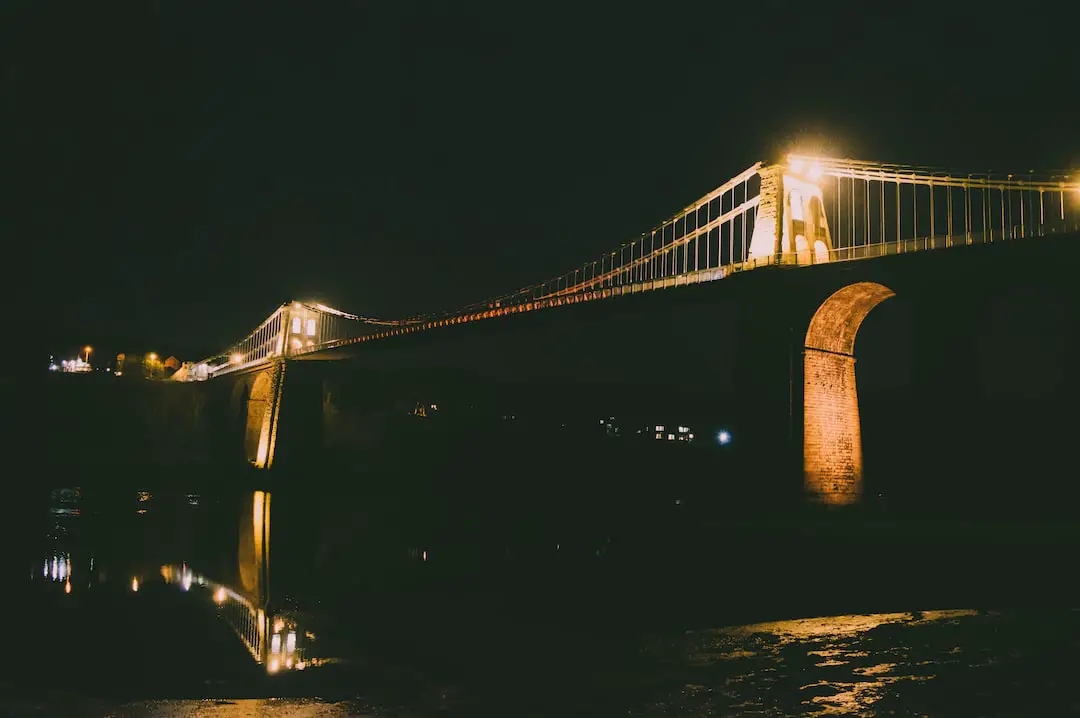
The Sirakoro-Meguetana Bridge is a stunning suspension bridge located in the outskirts of Bamako, the capital city of Mali in West Africa.
What to see or do: Visitors can take a stroll across the bridge to enjoy panoramic views of the Niger River and the surrounding areas.
The bridge connects the neighborhoods of Sirakoro and Meguetana, making it a convenient means of crossing the river for locals and visitors alike.
Don’t miss: Don’t miss the chance to snap some photos of the stunning views from atop the bridge. The sunset views are particularly breathtaking, casting a warm glow on the river and surrounding landscape.
Insider travel tips: – If possible, visit during off-peak times to avoid crowds and enjoy the views in peace.
20. Siby
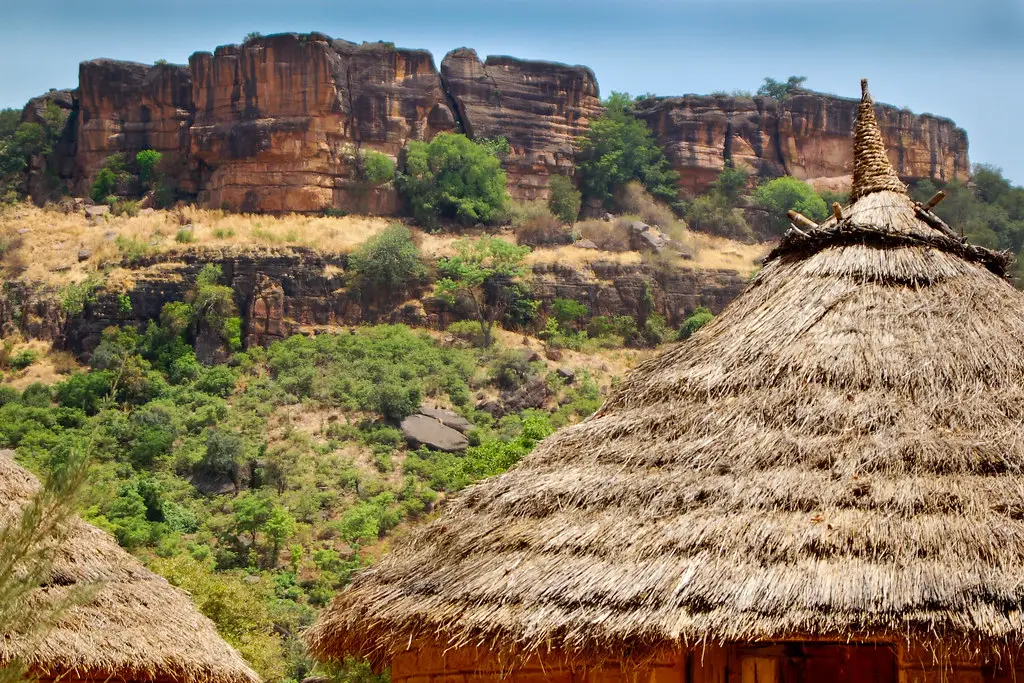
Siby is a small town in Mali, located approximately 45 km southwest of the capital city of Bamako.
What to see or do: Visit the Djenné-Djenno site, which is an ancient city known for its mud-brick architecture and is a UNESCO World Heritage Site.
Explore the nearby Fina Biosphere Reserve, a protected area with diverse wildlife and unique plant species. Take a stroll around the town’s central market, which boasts locally made artisanal products.
Don’t miss: Witnessing the traditional Siby Dance, which is performed by local artists and is a beautiful display of Mali’s cultural traditions.
Insider travel tips: If you’re interested in hiking, Siby offers several hiking trails that take you through the beautiful Fala de Baoulé canyon and offer stunning views of the surrounding area.
Be sure to try the local cuisine, which includes delicious dishes like tiguadege na, a beef and vegetable stew, and laffa, a type of Malian flatbread.
21. Bafoulabé
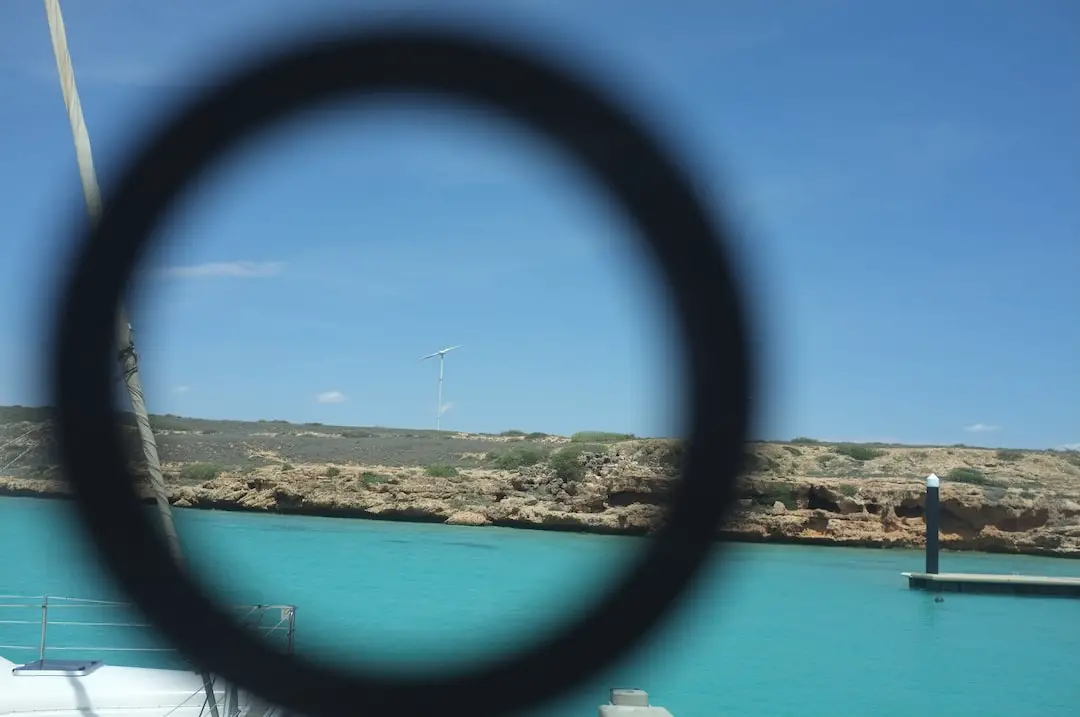
A small town located in southwestern Mali.
What to see or do:
Don’t miss:
Insider travel tips:
22. Gourma-Rharous
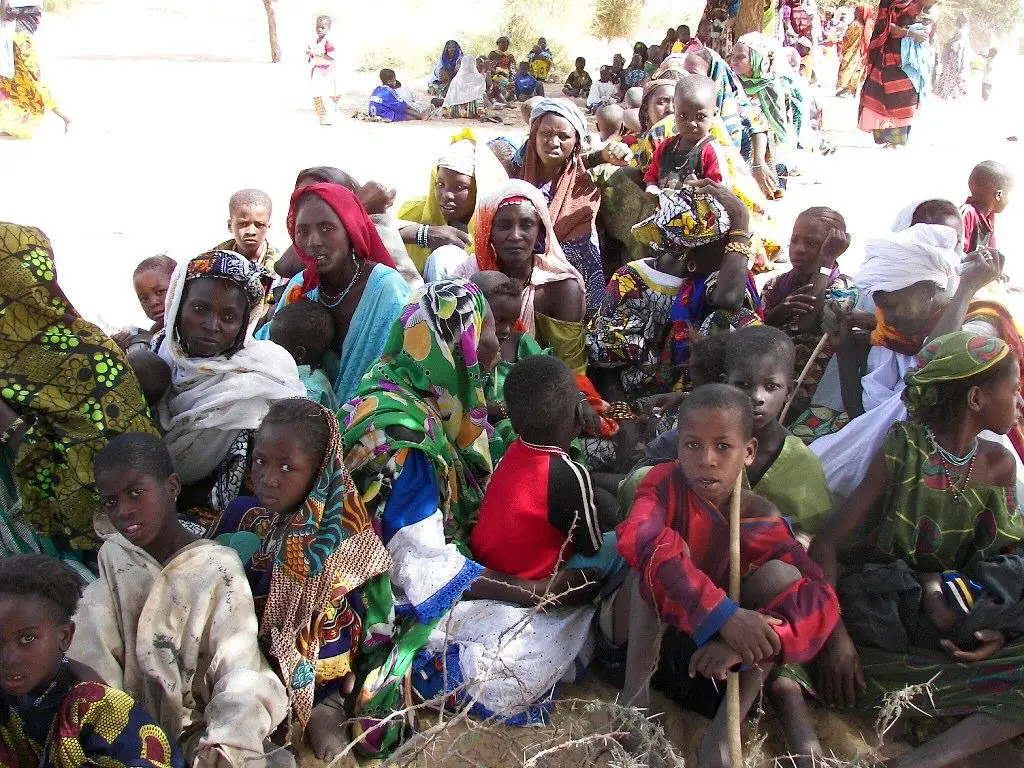
Gourma-Rharous is a desert region located in Mali, known for its vast sand dunes, unique geological formations, and diverse flora and fauna.
What to see or do:
Don’t miss:
Insider travel tips:
23. Koulikoro Escarpment
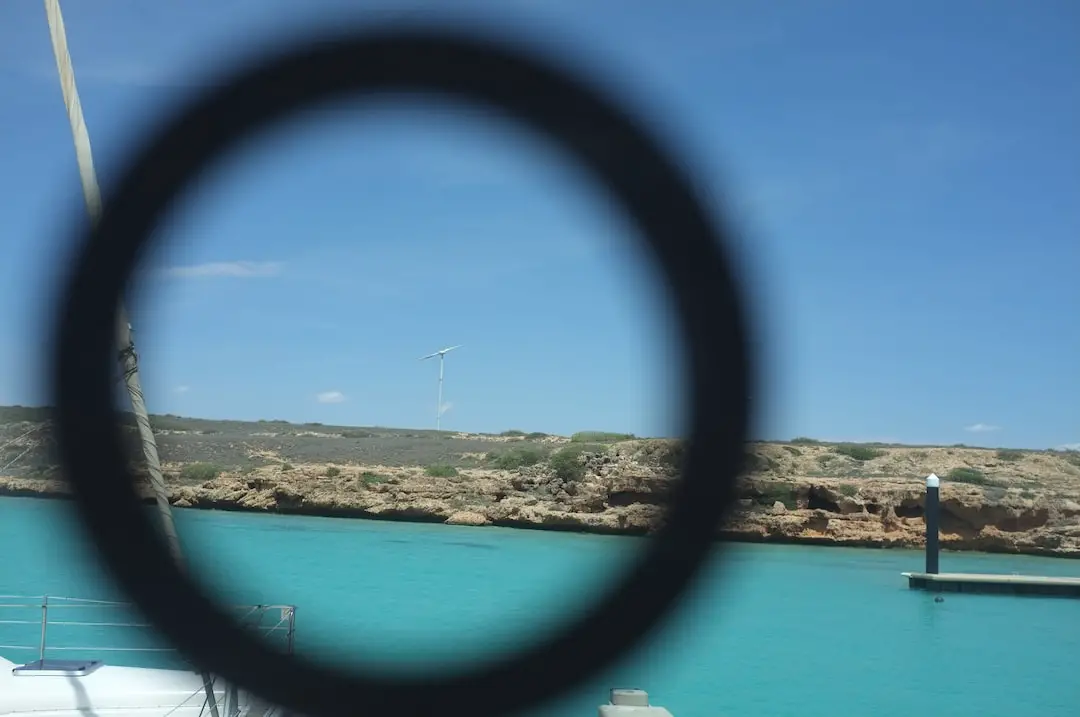
A breathtaking natural formation in Mali that encompasses a deep valley, rolling hills, and a towering escarpment.
What to see or do: Enjoy stunning views from the top of the escarpment, take a boat ride on the Niger River, explore nearby villages, and discover local wildlife.
Don’t miss: Climbing to the top of the escarpment for panoramic views of the surrounding landscape.
Insider travel tips: Visit in the early morning or late afternoon when the lighting is best for photography. Bring sunscreen and plenty of water as the climb to the top of the escarpment can be strenuous.
For a unique experience, try camping overnight on the escarpment.
24. Dogon Country
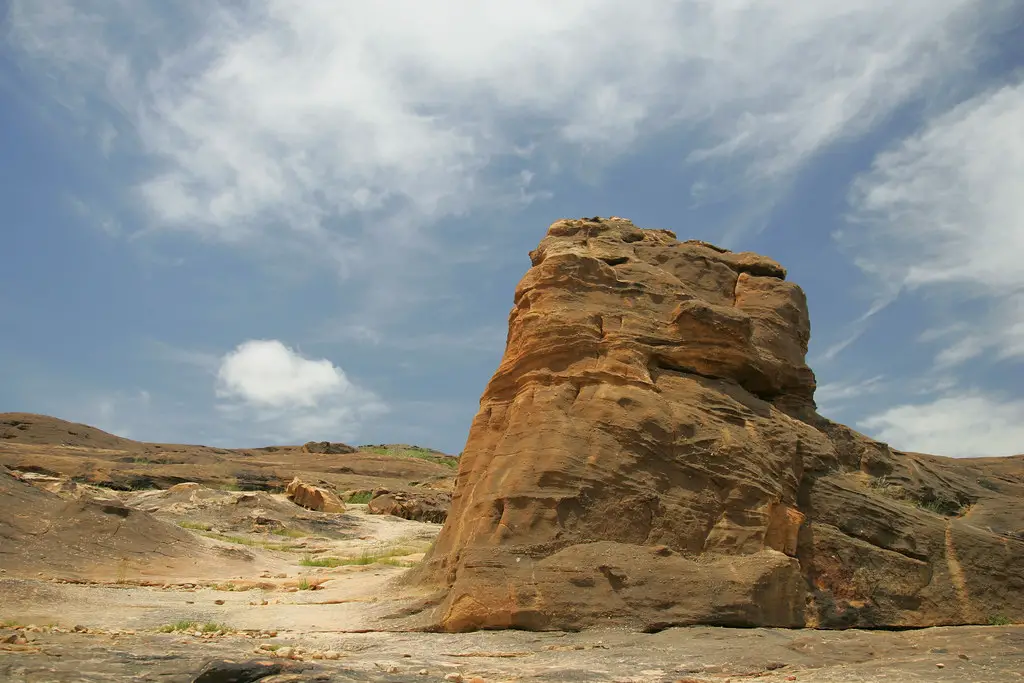
Dogon Country is a region in Mali that is home to the Dogon people, known for their rich culture, unique architecture, and traditional way of life.
What to see or do: Visit the village of Sangha to see the famous rock formations.
Don’t miss: The weekly market in the village of Dourou, where you can find locally made crafts and goods.
Insider travel tips: Hire a local guide to fully experience the cultural and historical significance of the area.
25. Niger River
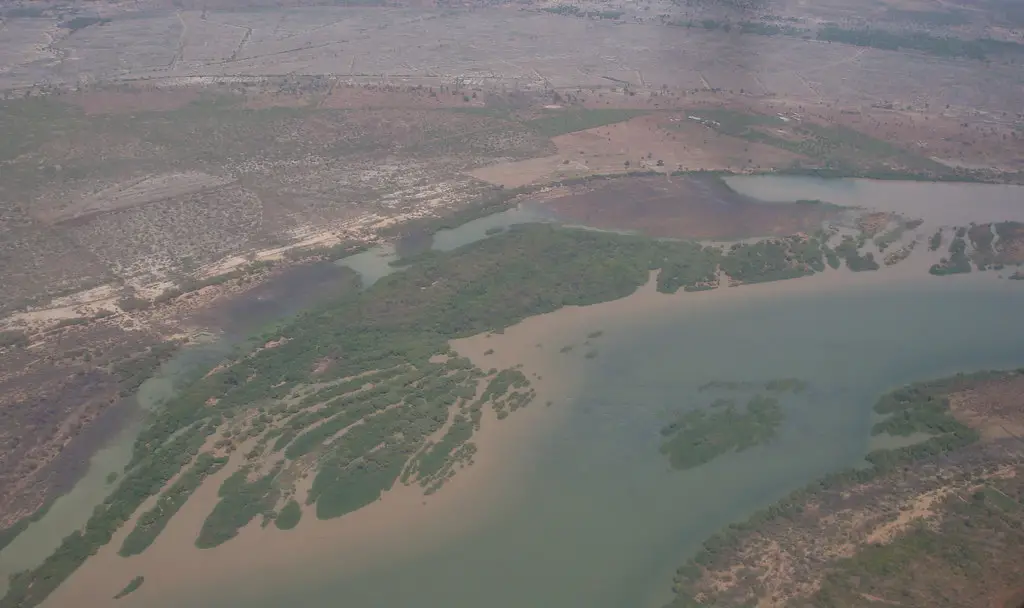
The Niger River is the third longest river in Africa, running through ten countries from Guinea to Nigeria and emptying into the Atlantic Ocean.
What to see or do: Take a boat ride along the river, passing through scenic landscapes and stopping at charming villages along the way. The river is also home to many species of fish, making it a great spot for fishing.
Nature lovers should keep an eye out for the diverse bird population as well.
Don’t miss: The historic city of Timbuktu, located on the Niger River, is a UNESCO World Heritage Site. Visitors can explore the ancient mosques and libraries that date back to the 14th century.
Insider travel tips: Be sure to visit during the dry season (November to March) for the best weather and water levels.
Hire a local guide to enhance your experience and get a better understanding of the river and its role in the local communities.
26. Sankoré Madrasah
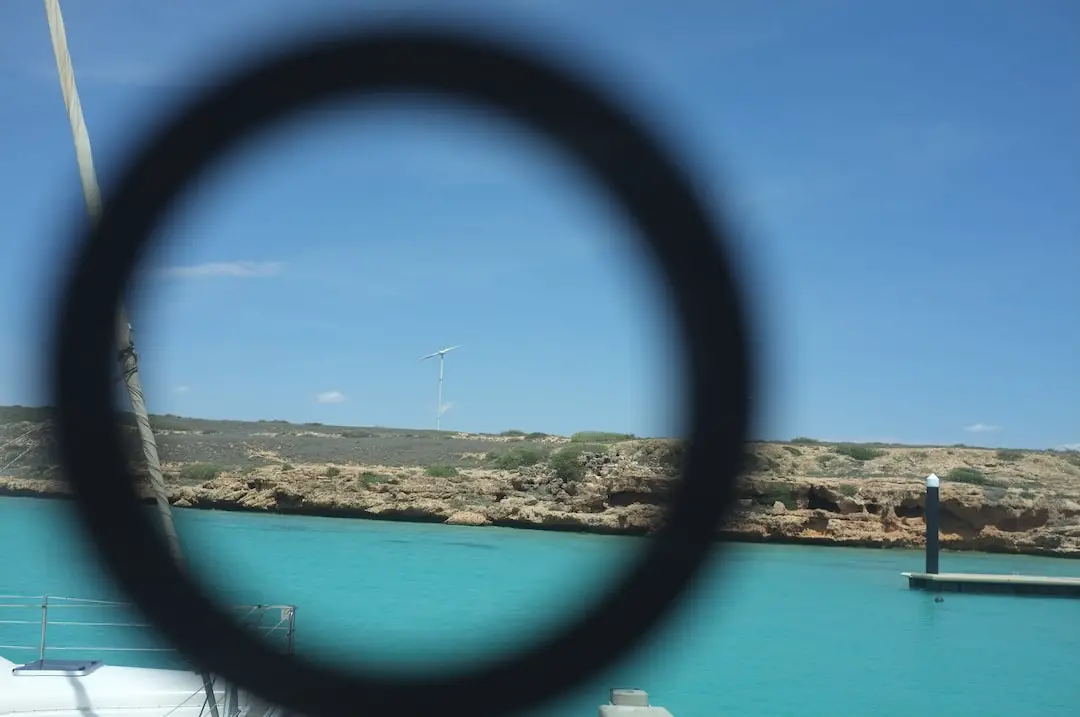
Sankoré Madrasah is a historic Islamic university located in Timbuktu, Mali.
What to see or do: Visitors can explore the ancient classrooms, libraries, and courtyards of this 14th-century institution. The complex features intricate wooden carvings, adobe architecture, and a central mosque with a towering minaret.
Don’t miss: The infamous “Sankoré Four” lecture halls, where renowned scholars once taught complex subjects such as astronomy, mathematics, theology, and law. These halls were the intellectual hub of Timbuktu during its golden age in the 16th century.
Insider travel tips: Visit early in the morning to avoid the crowds and experience the peace and tranquility of the complex.
27. Niagalé Forest Reserve

Niagalé Forest Reserve is a protected area in Senegal.
What to see or do: Visitors to Niagalé Forest Reserve can go on guided hikes or birdwatching tours to see over 200 species of birds, as well as primates, antelopes, hyenas, and warthogs.
The reserve also has a canopy walk for a unique perspective from the treetops.
Don’t miss: Don’t miss the chance to see the rare red-bellied monkey, a primate species that is endemic to Senegal and only found in small populations in a few protected areas.
Insider travel tips: Bring sturdy hiking shoes and comfortable clothing for exploring the forest. Also, be sure to book a guided tour in advance as they are required for entry into the reserve.
28. Mount Gao Digare
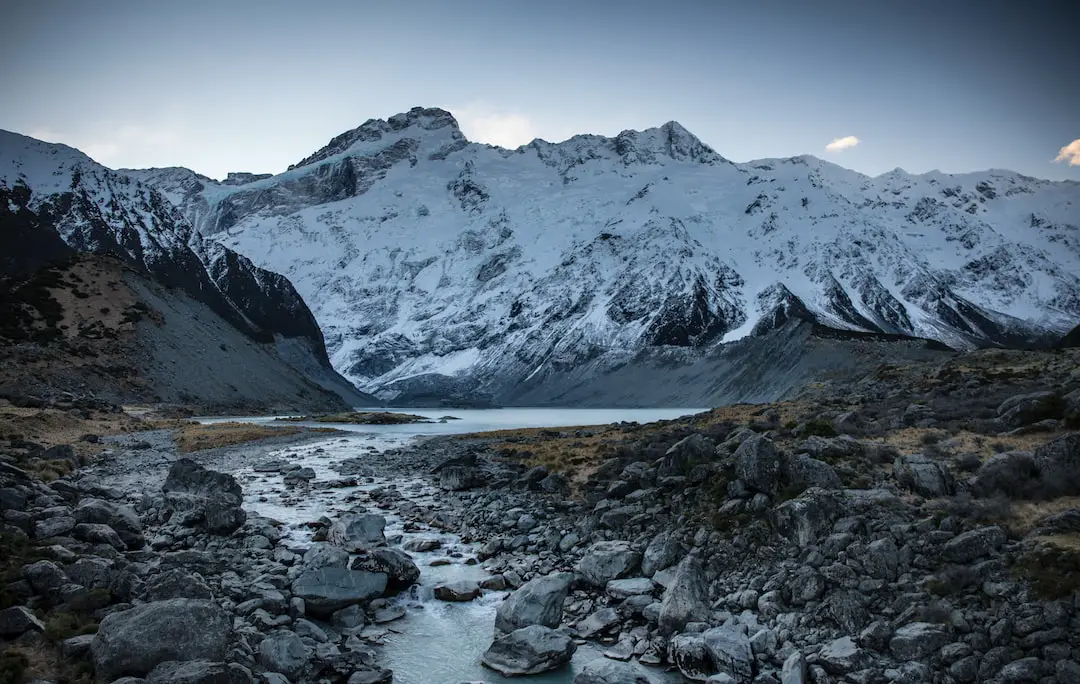
Mount Gao Digare is a mountain located in Arunachal Pradesh, India.
What to see or do: The mountain is a popular destination for trekking enthusiasts.
It provides a stunning panoramic view of the surrounding landscape, including the Brahmaputra River, and the snow-capped peaks of the Himalayas.
Don’t miss: Don’t miss the opportunity to witness the breathtaking sunrise and sunset from the mountain. The view from the summit is truly mesmerizing and unforgettable.
Insider travel tips: The best time to visit Mount Gao Digare is from October to April when the weather is pleasant, and the skies are clear.
Make sure to carry warm clothing, sturdy shoes, and enough water and snacks for the trek. It’s also recommended to hire a local guide to navigate the mountain paths safely.